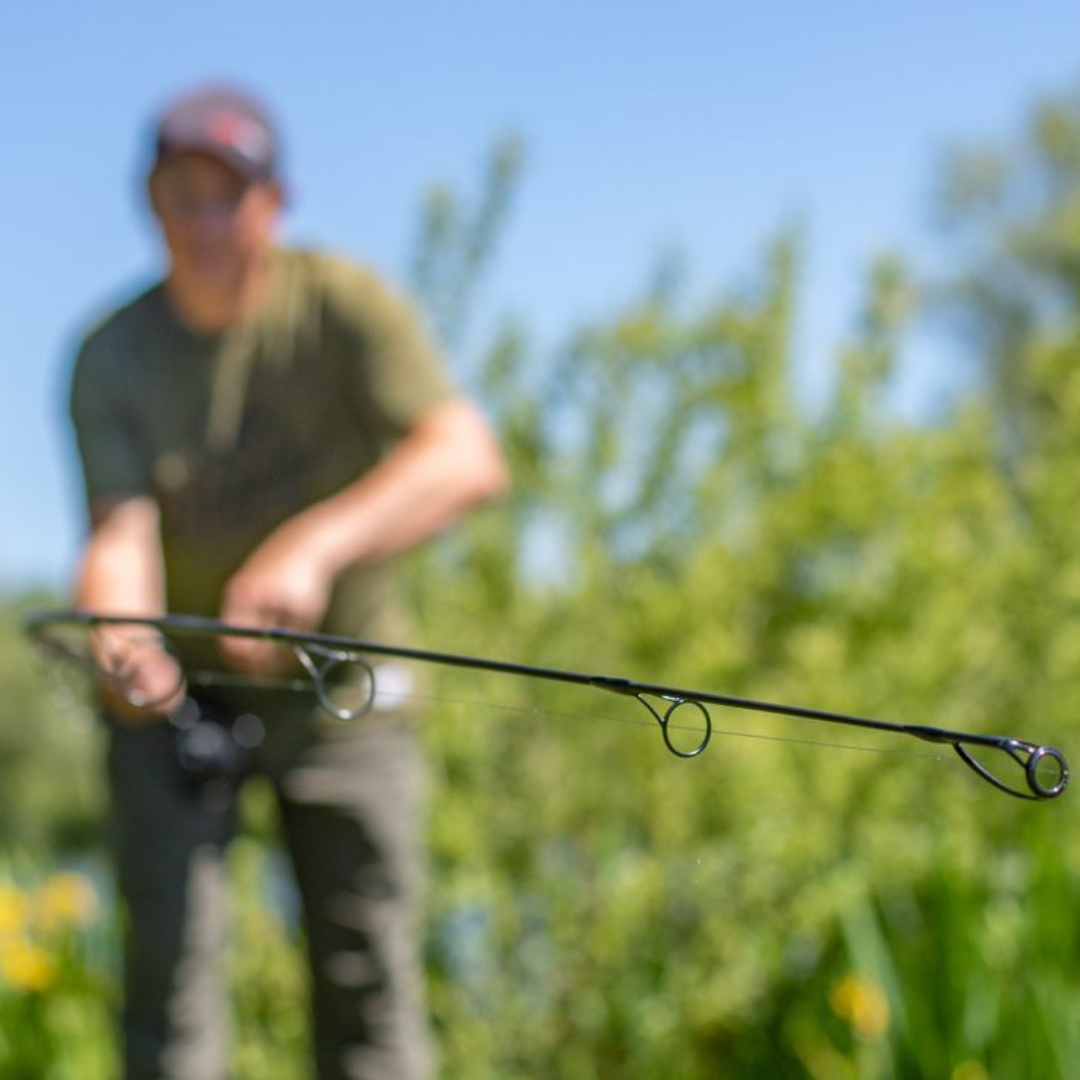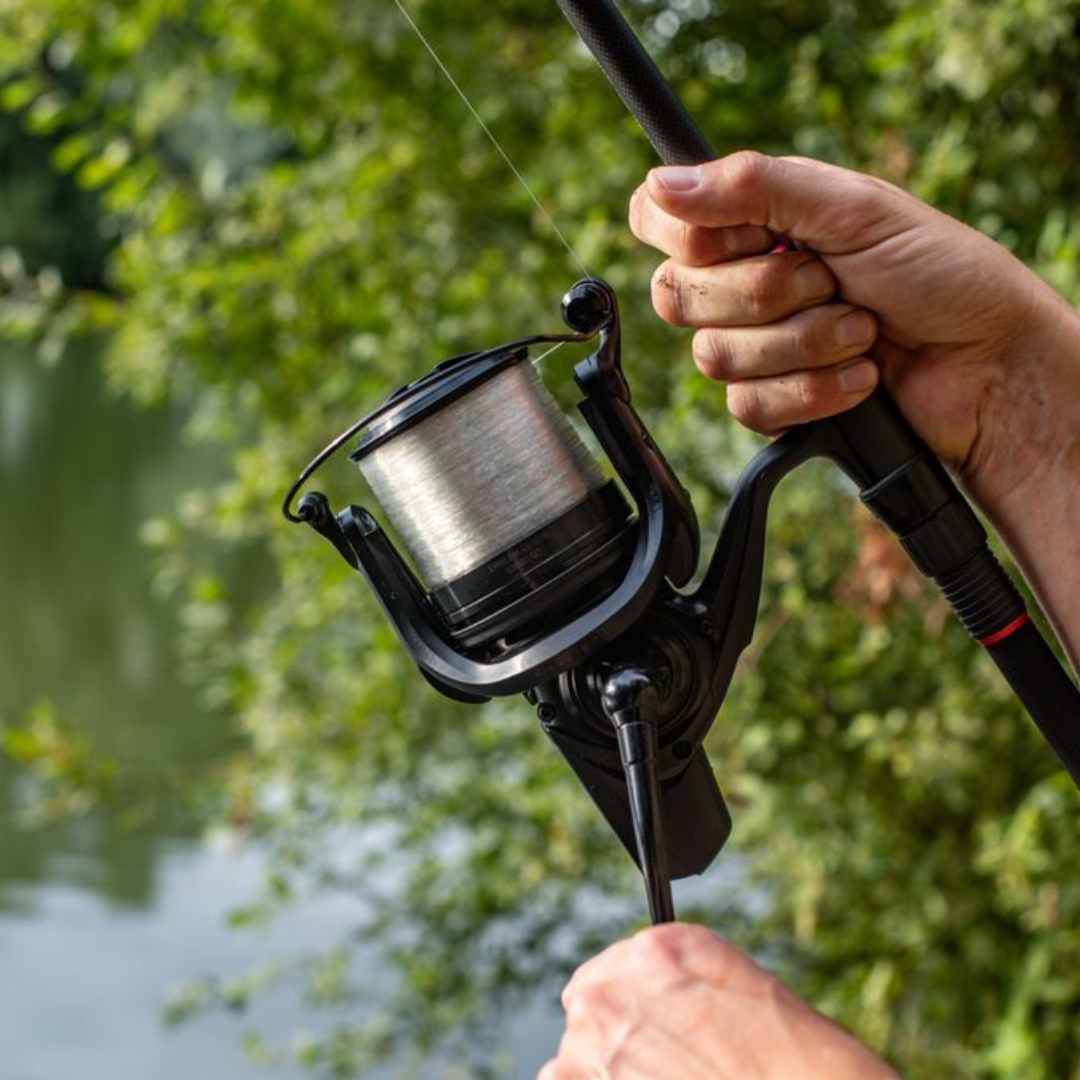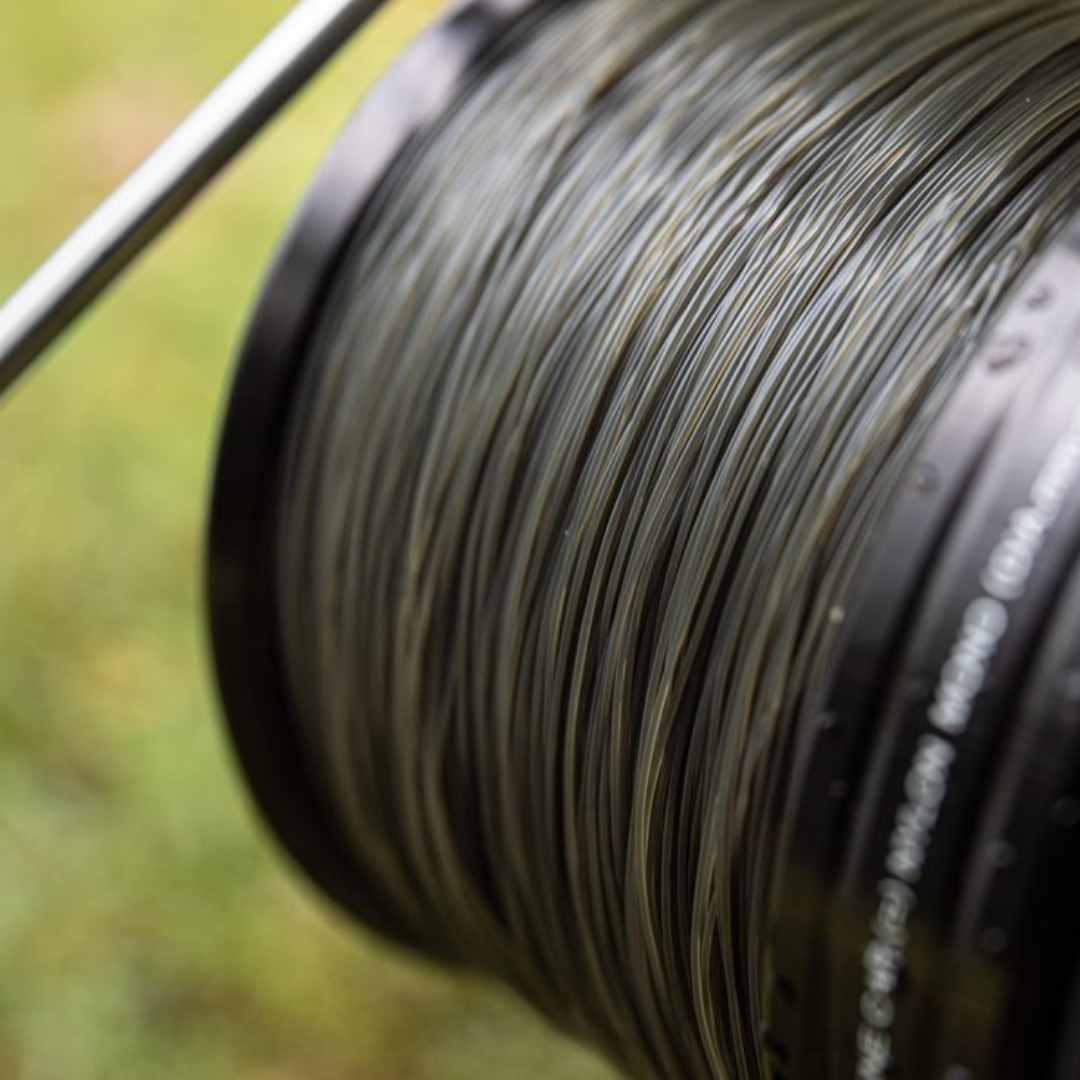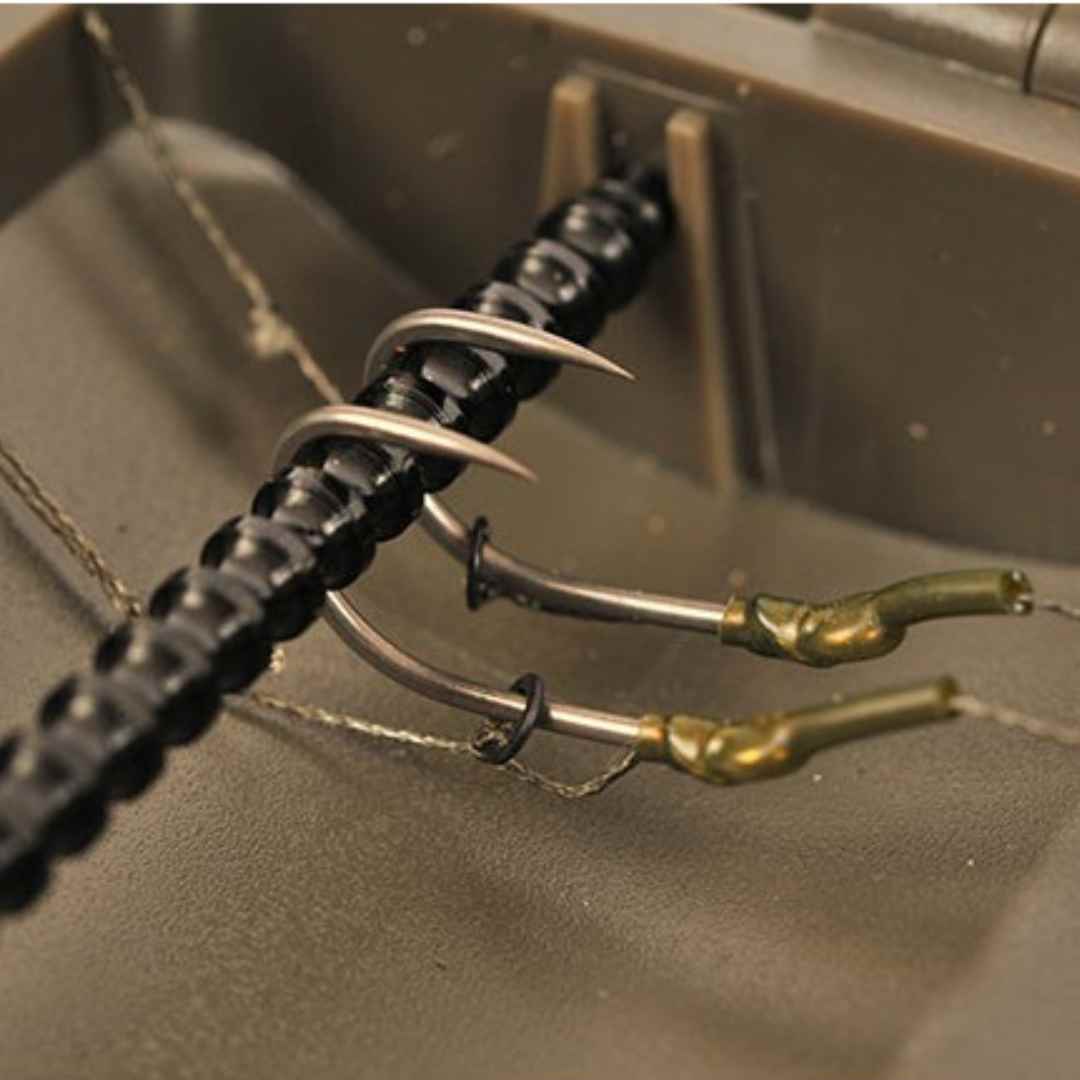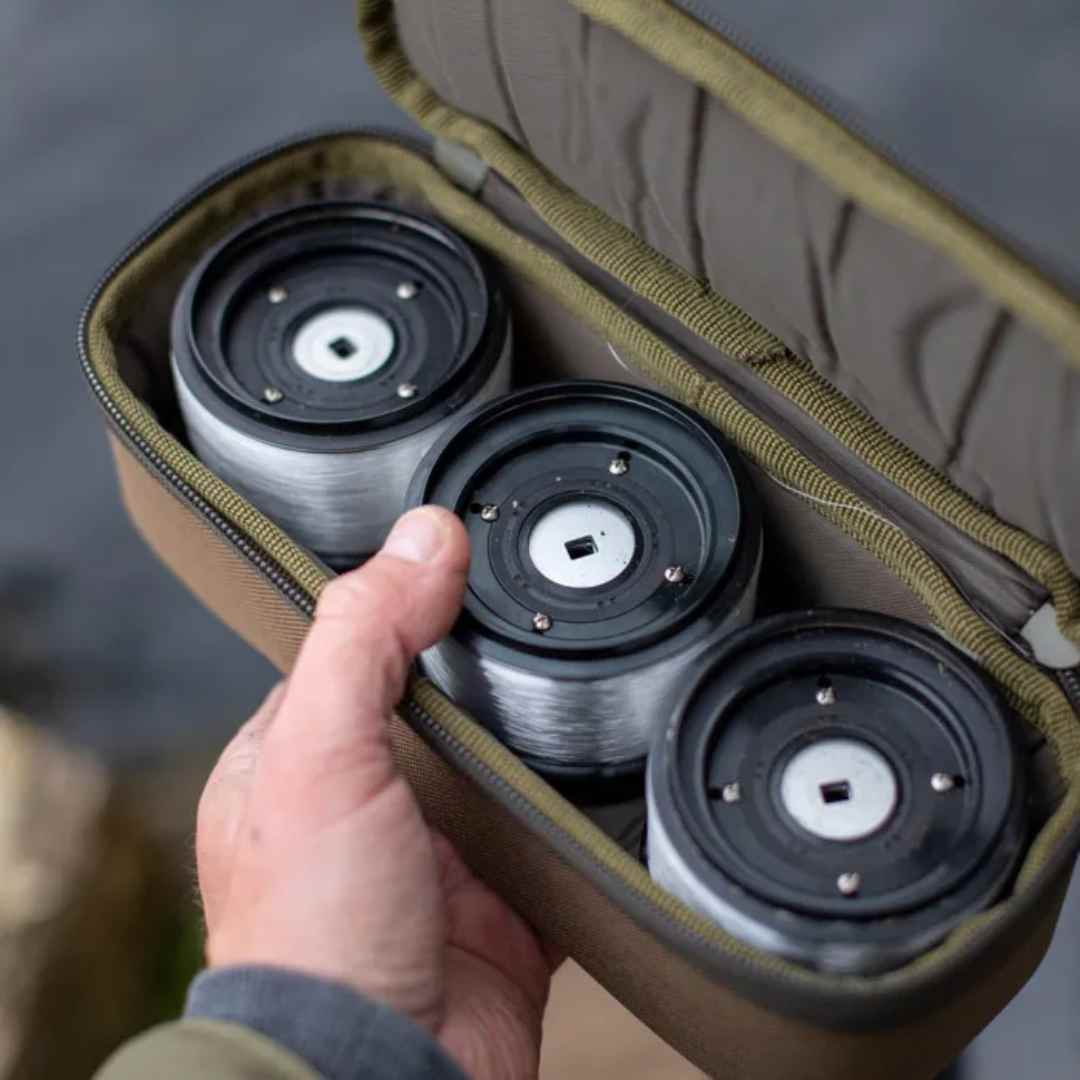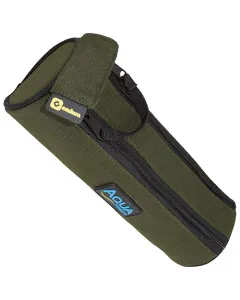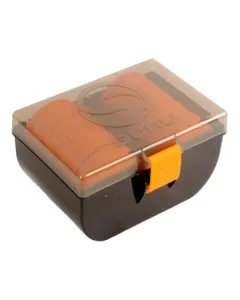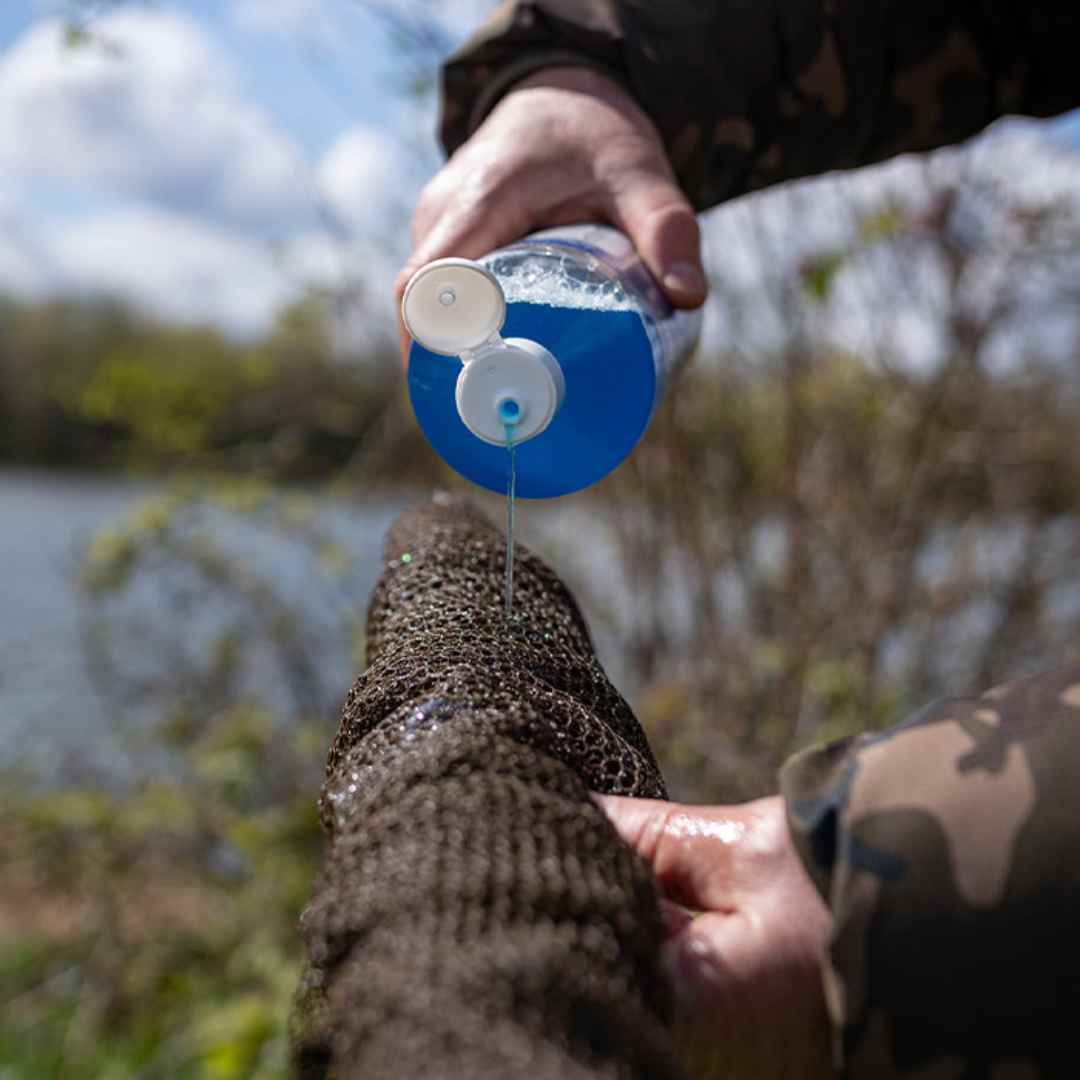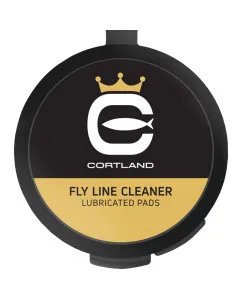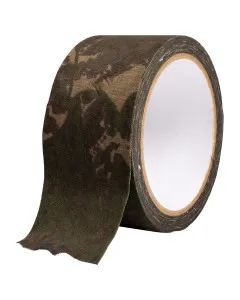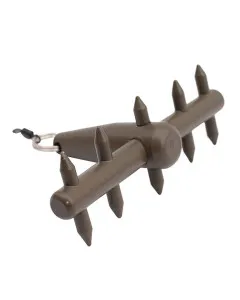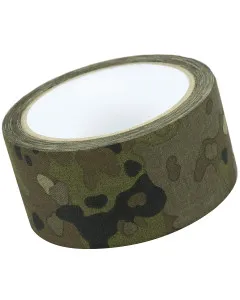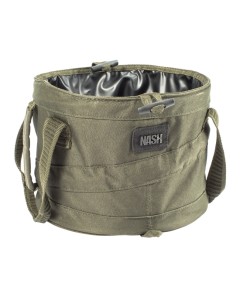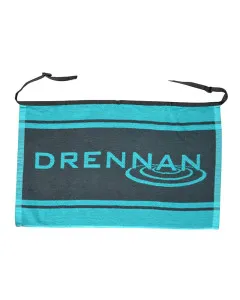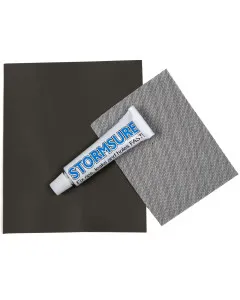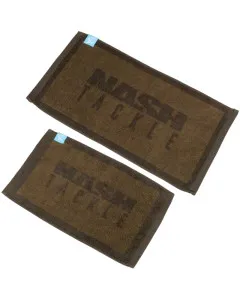Tackle Care: Tips for Cleaning & Storing Fishing Equipment
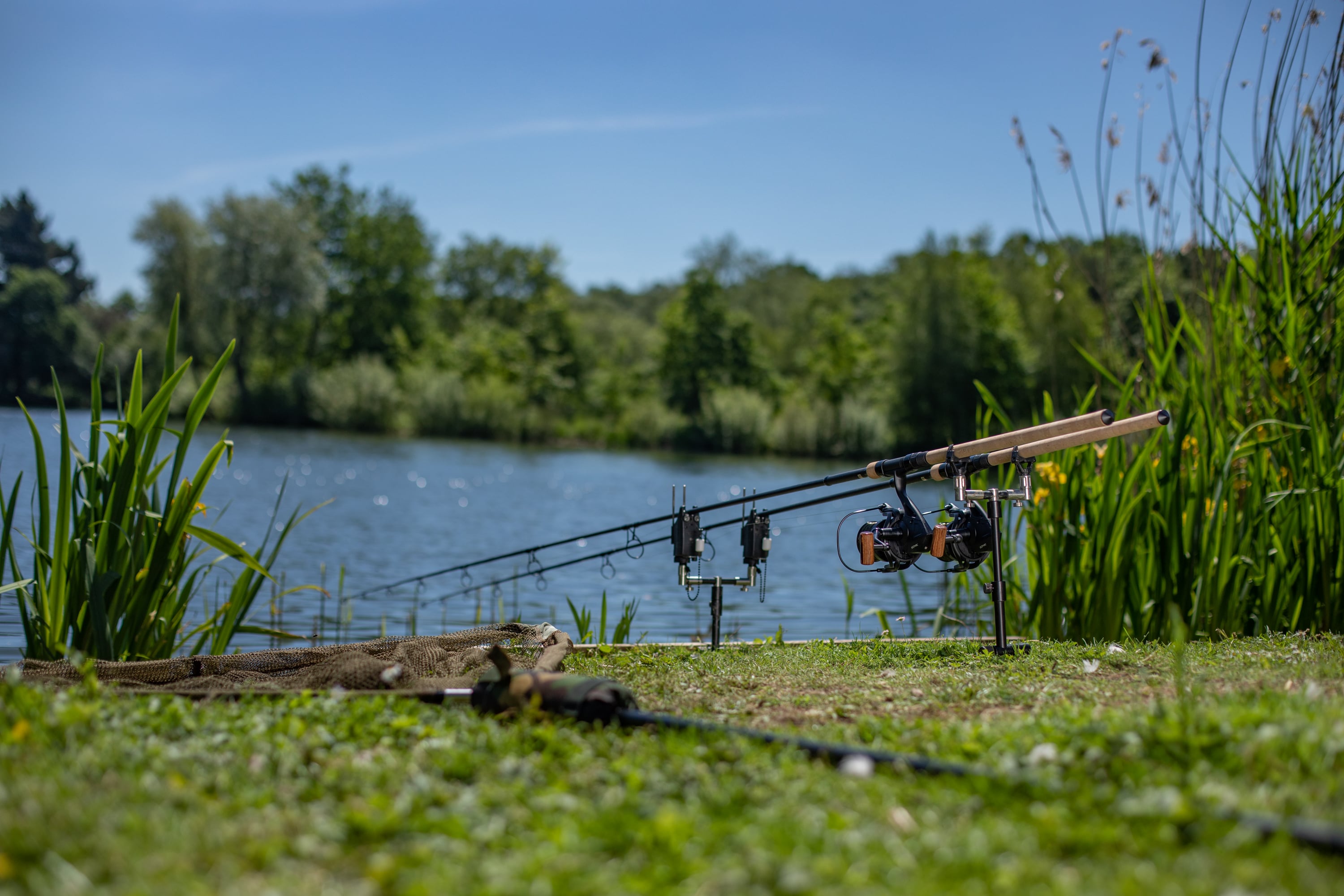
There's a magical allure to angling that's hard to resist. Just like a well-tied knot, an angler's success lies in the careful management and upkeep of their tackle.
To fully immerse yourself in the joy of angling, it's crucial to keep your gear in tip-top shape. Let's dive deep into tackle care, covering the ins and outs of cleaning and storing fishing equipment.
Why Tackle Care is Important
The life of your fishing gear depends greatly on how well you care for it. Clean, well-kept gear is likely to outlive poorly maintained equipment by years. Not to mention, it performs better and often catches more fish!
Imagine you head out for an early morning fishing trip. You pull out your trusty spinning reel only to find it a rusty, sticky mess. The reel creaks, the line sticks, and soon enough, the fish that could have been a thrilling catch slips away. This can be avoided by maintaining and cleaning your prized carp fishing gear!
In addition to longer-lasting fishing tackle, cost-saving and fishing trip success, cleaning your carp fishing equipment is a must to avoid aquatic hitchhikers!
When fishing at different venues, you can accidentally pick up a few invasive species on your gear. If you are not careful, you run the risk of transferring this to other waters and affecting the wildlife there, including the fish!
Understanding Your Fishing Equipment
When it comes to the art of fishing, having the right equipment can make all the difference. Let's explore the key tools that every angler should have in their arsenal.
Fishing Rods:
A fishing rod is the backbone of any angler's gear. Rods are typically made of lightweight and durable materials like graphite or fibreglass. Additionally, rods come in various lengths and actions, that offer different levels of flexibility and sensitivity.
Longer rods provide greater casting distance, while shorter rods offer more control in tight spaces. The action of a rod is determined by its bend and responsiveness. With options ranging from fast-action for quick hook sets to slow-action for more delicate presentations.
Fishing Reels:
Reels are used to hold and release fishing lines. They come in different types, including spinning reels, baitcasting reels, and fly reels.
- Spinning reels are popular for their versatility and ease of use, making them suitable for beginners.
- Baitcasting reels offer greater control and accuracy, making them favoured by experienced anglers.
- Fly reels are part of your fly fishing equipment and allow for precise line control and drag adjustments.
Fishing Lines:
Fishing lines are available in various materials, each with its own unique characteristics.
- Monofilament lines, made of a single nylon filament, are versatile and affordable. They have good knot strength and can stretch to absorb sudden shocks.
- Braided lines, composed of multiple woven synthetic fibres, offer exceptional strength and sensitivity. They have minimal stretch, making them ideal for detecting subtle bites.
- Fluorocarbon lines, virtually invisible underwater, are known for their abrasion resistance and are often used as leader material.
Fishing Hooks:
Hooks are essential for catching fish, and they come in a wide range of sizes and styles. They are typically made of metal, with stainless steel being a common choice for its corrosion resistance.
You can use different hook sizes and designs for various species and fishing techniques. Anglers practising catch-and-release, prefer barbless hooks or micro-barb to minimise harm to the fish.
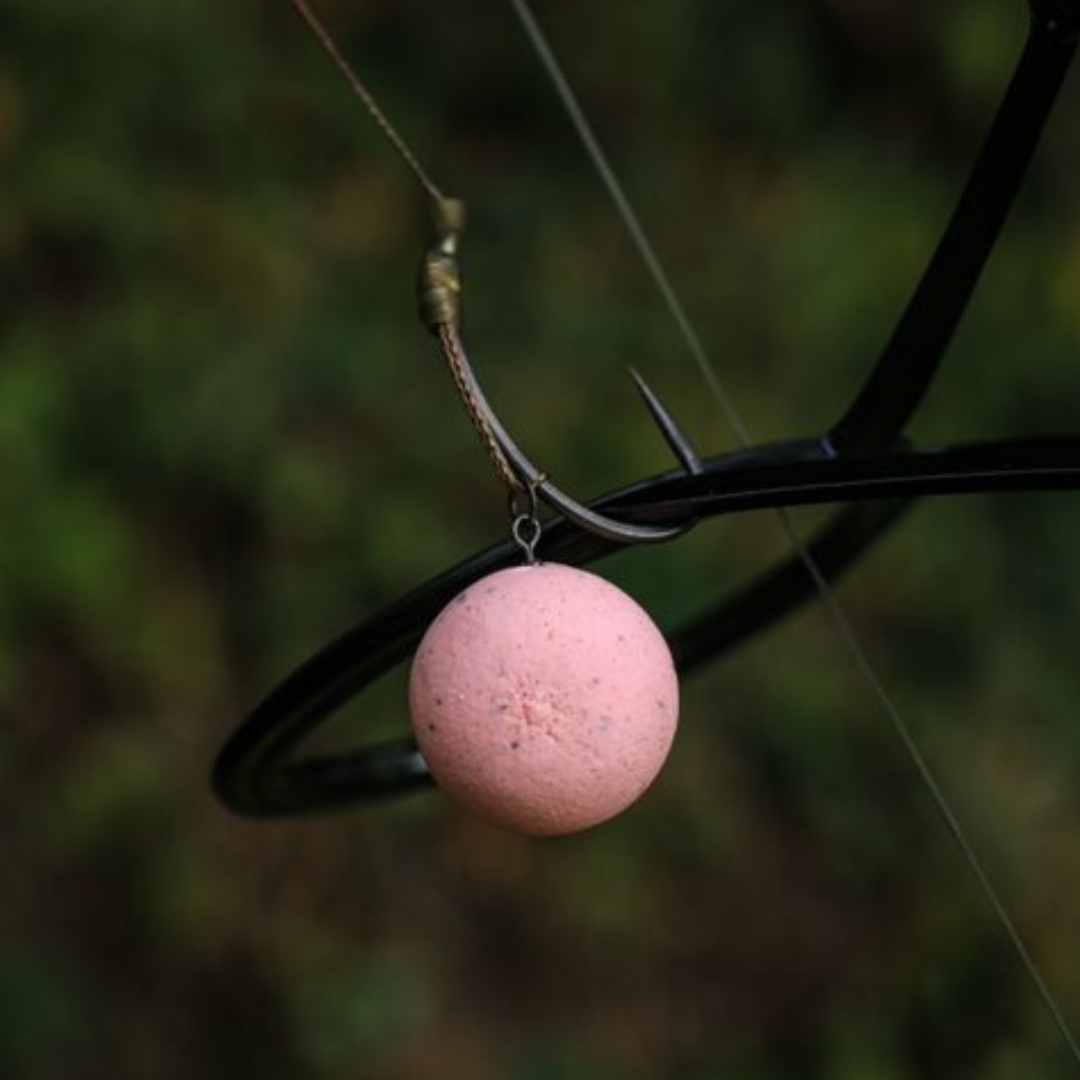

Fishing Accessories:
Fishing accessories encompass a plethora of tools that enhance your fishing experience. These include:
- Bobbers or floats: indicate when a fish bites.
- Sinkers or weights: help to submerge bait
- Swivels: prevent line twisting
- Tackle boxes: keep your gear organised
Other accessories include pliers, line clippers, fishing nets, and rod holders, among others.
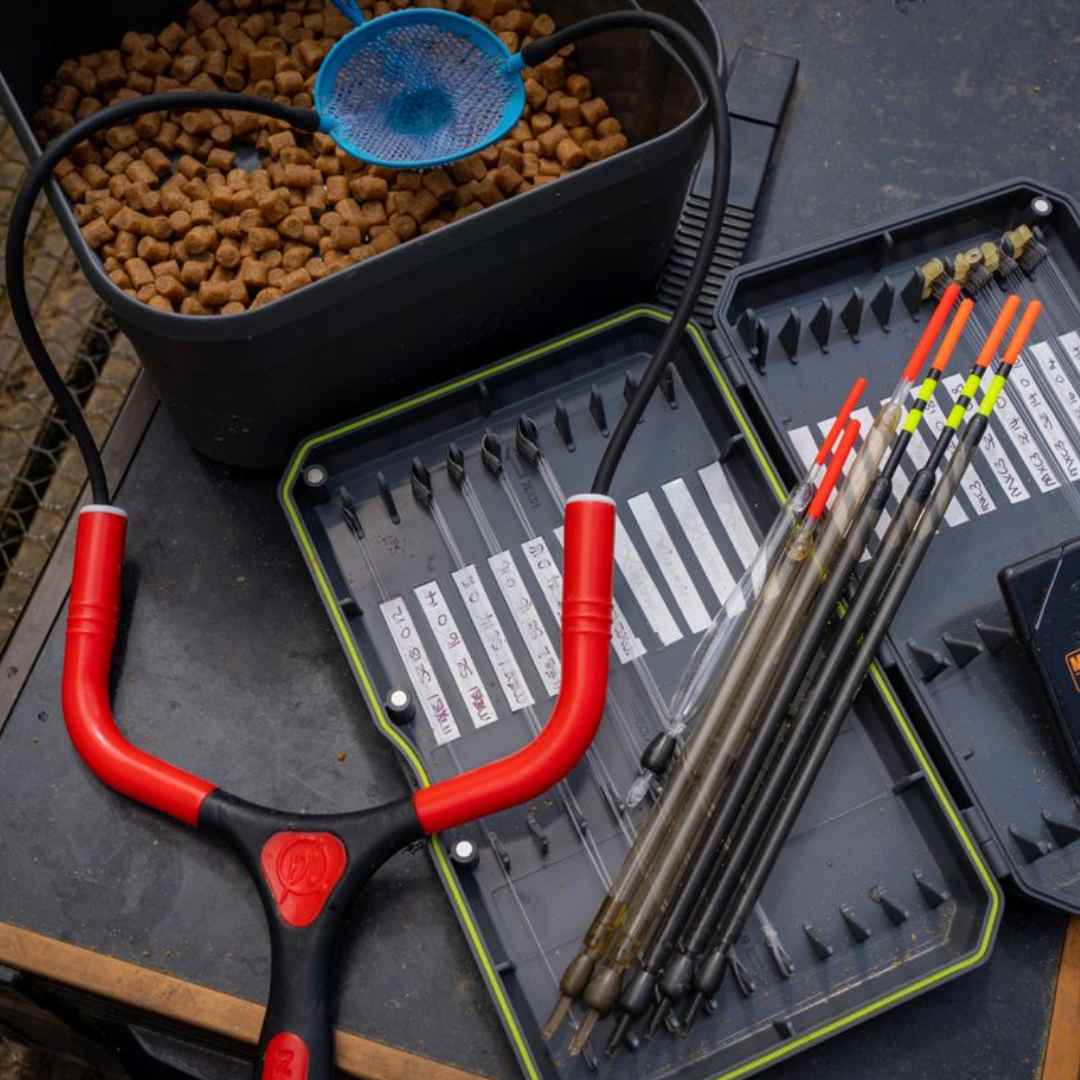

Taking care of your fishing equipment is vital for its longevity and optimal performance. Different materials require specific care:
- Metal components: Rinse reel bodies and hooks with fresh water after each use. This will remove saltwater or dirt. Applying a thin coat of corrosion-resistant oil helps prevent rust.
- Plastic parts: Wipe reel handles and rod grips with a damp cloth to remove dirt or debris. Avoid exposing them to excessive heat or sunlight, as this can cause warping or cracking.
- Fishing lines: Inspect regularly for signs of wear and replaced if damaged. After fishing in saltwater, rinsing the line with fresh water helps remove salt deposits and prolong its life.
By understanding the functions of various fishing equipment you can take proper care of them. You'll be well-equipped for successful fishing adventures. So, gear up, explore the waters, and let the thrill of the catch fuel your angling passion!
Cleaning Techniques for Fishing Equipment
No angler should overlook the importance of clean fishing gear. A clean rod and reel don't just perform better; they also prolong the lifespan of your equipment. Here are some simple steps to maintain cleanliness and ensure you're always ready for your next cast.
Cleaning Tackle Whilst Fishing: Rinse and Dry
After every fishing trip, make it a ritual to rinse your gear with fresh water. This step is crucial for those sea fishing trips, as salt water can cause corrosion if left unchecked.
Use a gentle spray to rinse rods, reels, lures, and lines. Once rinsed, pat the rods dry with a soft towel. Leave them to air-dry.
After A Fishing Trip: Detailed Cleaning
It's worth giving your tackle a more detailed clean every so often (or after particularly muddy outings). You'll need to disassemble your reel, following the manufacturer's instructions.
Carefully clean each component, applying reel grease or oil where needed. For rods, a mild detergent solution and a soft brush can remove any stubborn dirt without damaging the rod itself.
How to Cleaning Fishing Rods
1. Preparation: Start by gathering your cleaning supplies. You'll need mild soap, warm water, a soft cloth or sponge, and a towel for drying.
2. Cleaning the Rod Body: Mix the mild soap with warm water. Dip the soft cloth or sponge into the soapy water and gently scrub along the length of the rod. Be sure to clean around the guides, taking care to not pull or snag them.
3. Handle Cleaning: Pay special attention to the handle or grip area. This area often accumulates dirt and grime from handling and use. Use your soapy water mixture and cloth or sponge to clean it thoroughly.
4. Rinse Thoroughly: Once you've thoroughly cleaned the rod, rinse it with clean water. Be sure to remove all soap as any residue can attract dirt and grime.
5. Dry Completely: After rinsing, use a towel to dry the rod as much as possible. Leave the rod out to air dry for a while to ensure it is completely dry before storing.
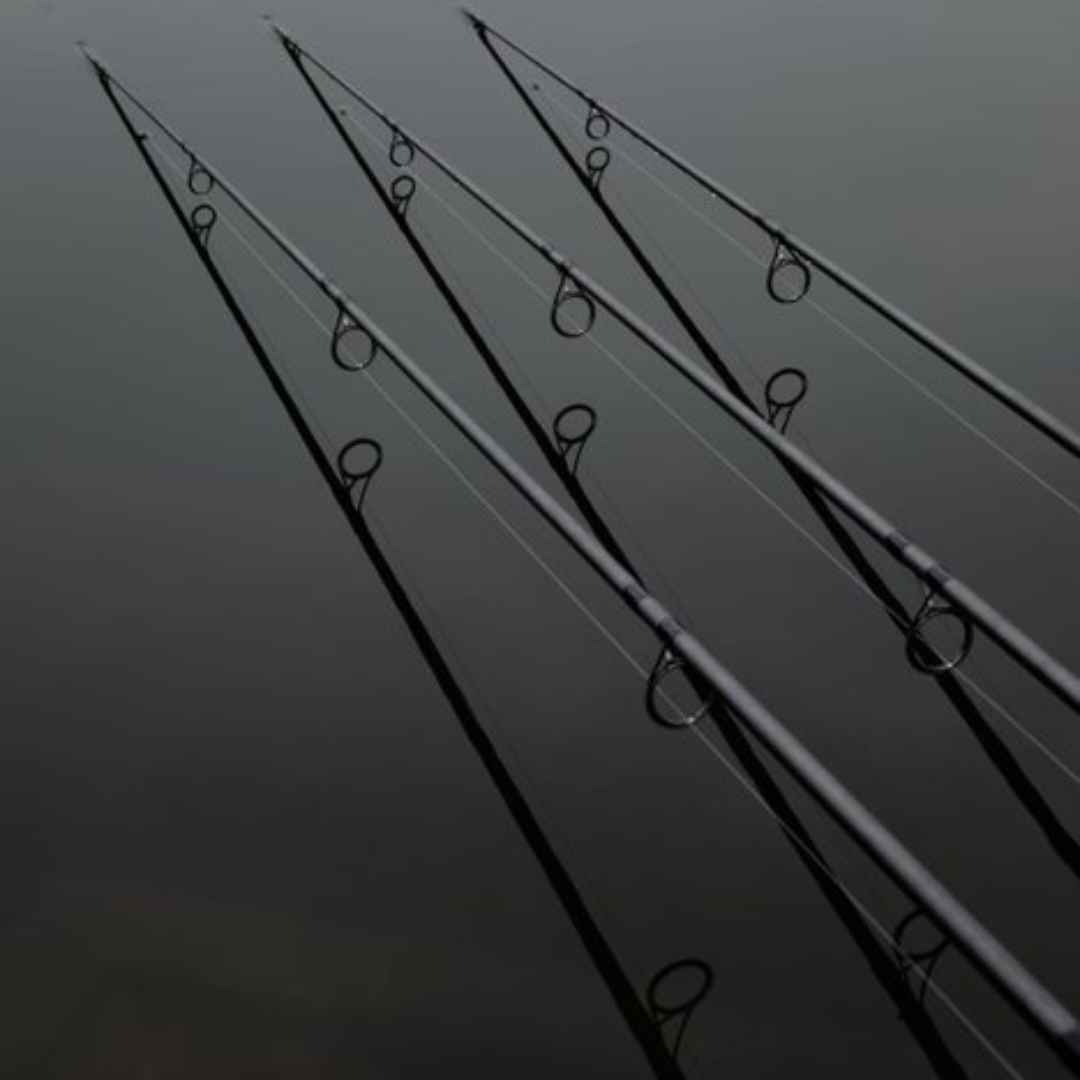

How Do You Clean Fishing Reel Parts?
The best way to clean fishing reels is to:
1. Gather Your Supplies: Get reel oil, reel grease, a cleaning cloth, a soft brush, and warm soapy water.
2. Disassemble Carefully: Follow the manufacturer's instructions to disassemble your reel. Be sure to keep all the pieces in order and take photos if necessary to ensure you can reassemble them correctly.
3. Clean Each Component: Use warm soapy water and your soft brush to gently scrub each part of the reel. Be especially careful with the bearings, using the reel oil to clean them.
4. Dry and Lubricate: After cleaning, thoroughly dry each component to avoid rusting. Apply reel oil to the bearings and reel grease to the gears, ensuring each part moves smoothly.
5. Reassemble: Using your earlier photos or the manufacturer's instructions as a guide, carefully reassemble your reel.
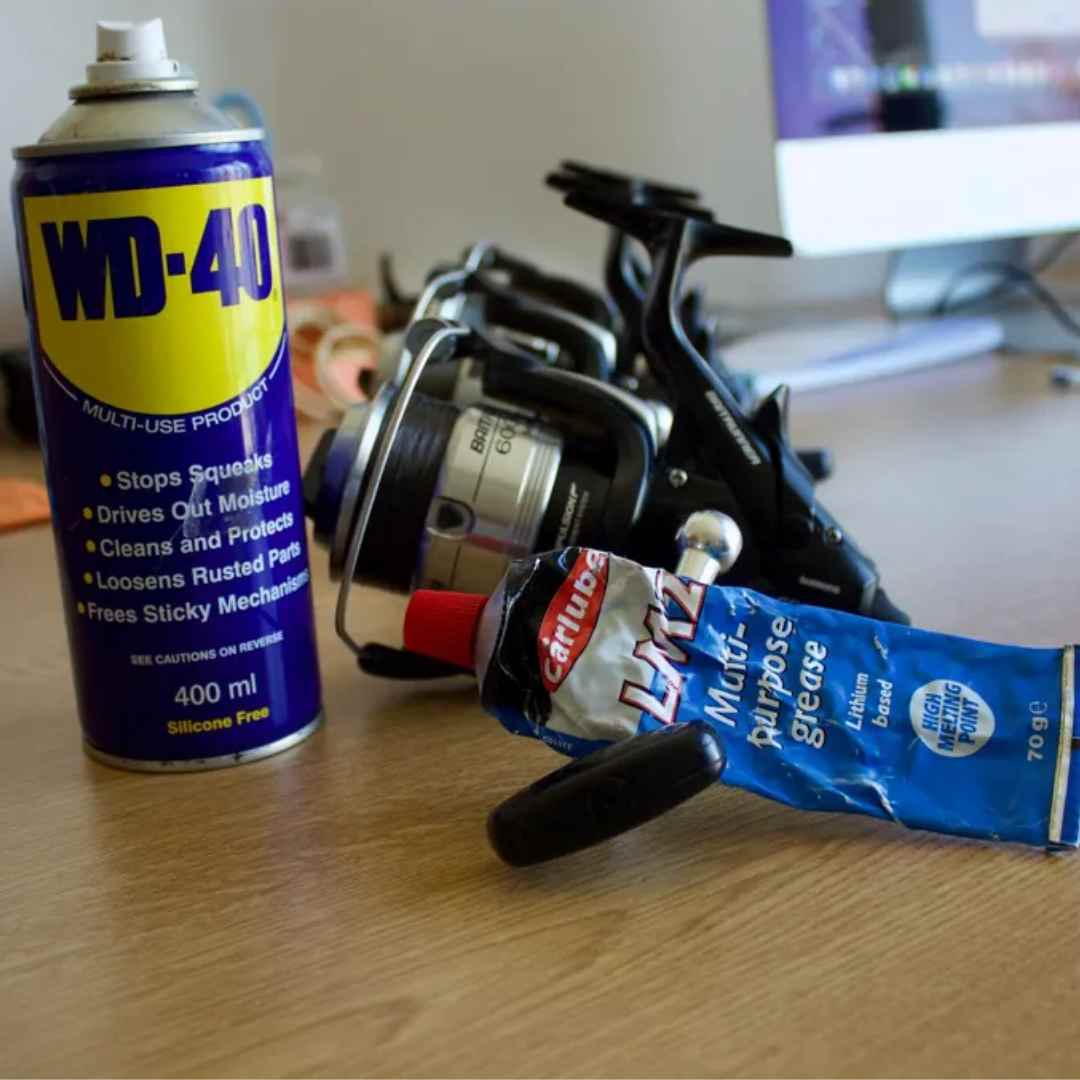

Cleaning and Maintaining Fishing Line
1. Gather Supplies: First, gather your cleaning supplies. You will need a soft cloth and lukewarm soapy water.
2. Unwind the Line: Slowly unwind the fishing line from the reel. Be careful to avoid tangling.
3. Clean the Line: Dip a soft cloth in soapy water. Gently run it along the length of the line. Make sure to clean the entire line to remove any dirt, salt, or other debris.
4. Rinse Thoroughly: Rinse the line with fresh, clean water to remove any soap residue. Leaving soap on the line can make it brittle over time.
5. Dry Completely: Allow the line to fully dry before rewinding it onto the reel. Wet lines can cause rust on your reel and degrade the line's quality.
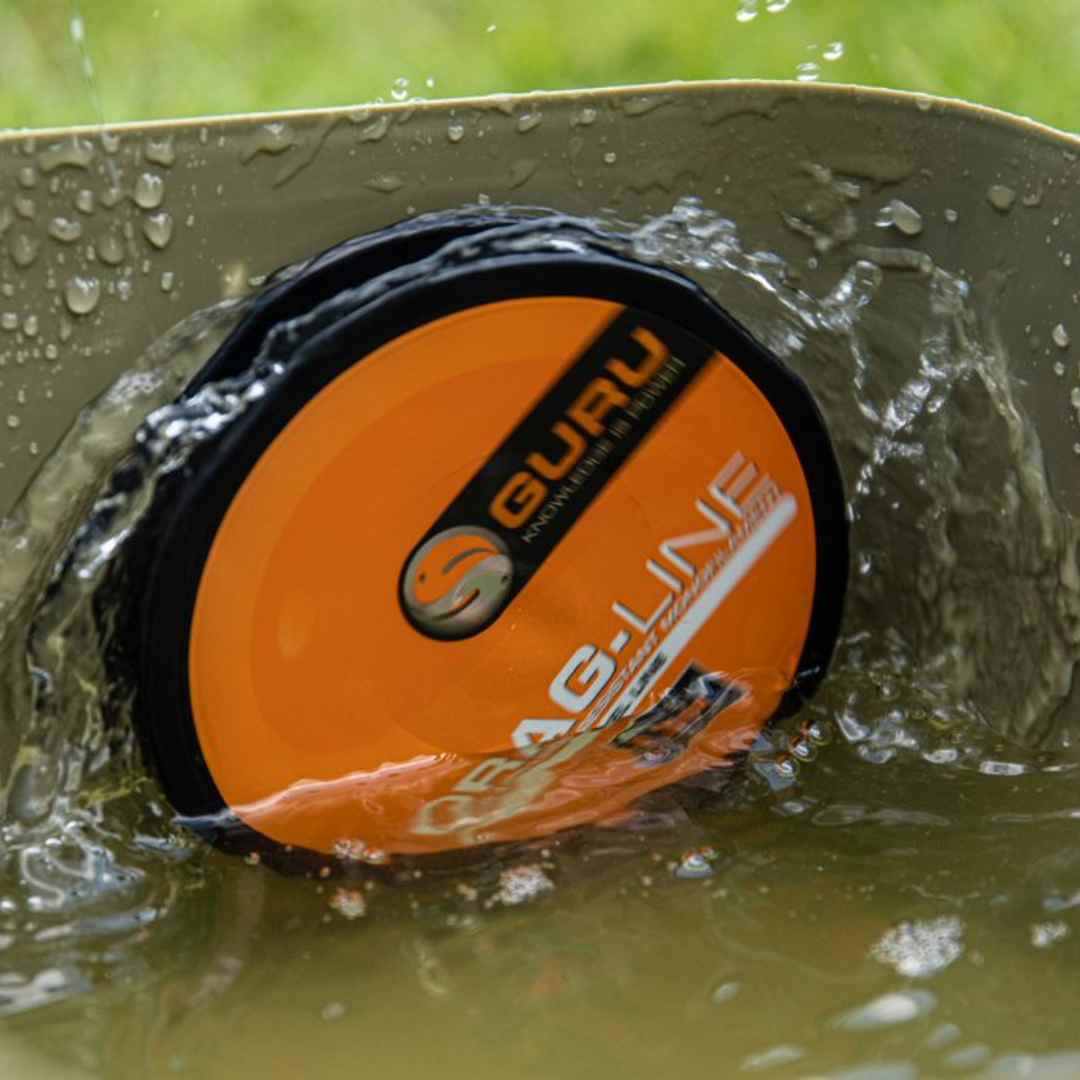

Cleaning Fishing Nets & Unhooking Mats
Cleaning fishing nets and fish care accessories is crucial for maintaining proper hygiene. It also ensures the well-being of both your gear and the fish you catch.
1. Gather the necessary materials: Collect the following items: a bucket filled with mild soapy water, a soft brush or sponge, a hose or freshwater source and a clean towel or cloth.
2. Rinse off the debris: Begin by rinsing the fishing net or fish care accessory with fresh water. This will remove any visible debris, such as dirt, algae, or fish scales. Use a gentle stream of water to avoid damaging the net or accessory.
3. Soak and agitate: Submerge the net or accessory in the bucket of mildly soapy water. Allow it to soak for a few minutes to loosen any stubborn dirt or grime. Then, using a soft brush or sponge, gently agitate the surface to dislodge dirt particles.
4. Scrub and clean: Take the brush or sponge and lightly scrub the entire surface of the net or accessory. Pay attention to areas with stains or residue, giving them a bit more attention. Use gentle strokes to avoid damaging the material.
5. Rinse thoroughly: After scrubbing, thoroughly rinse the net or accessory with fresh water to remove all soap residue. Ensure that no soap remains, as it may be harmful to the fish or the aquatic environment.
6. Air dry: Allow the net or accessory to air dry completely in a shaded area or out of direct sunlight. Ensure it is fully dry before storing or using it again to prevent the growth of mould or mildew.
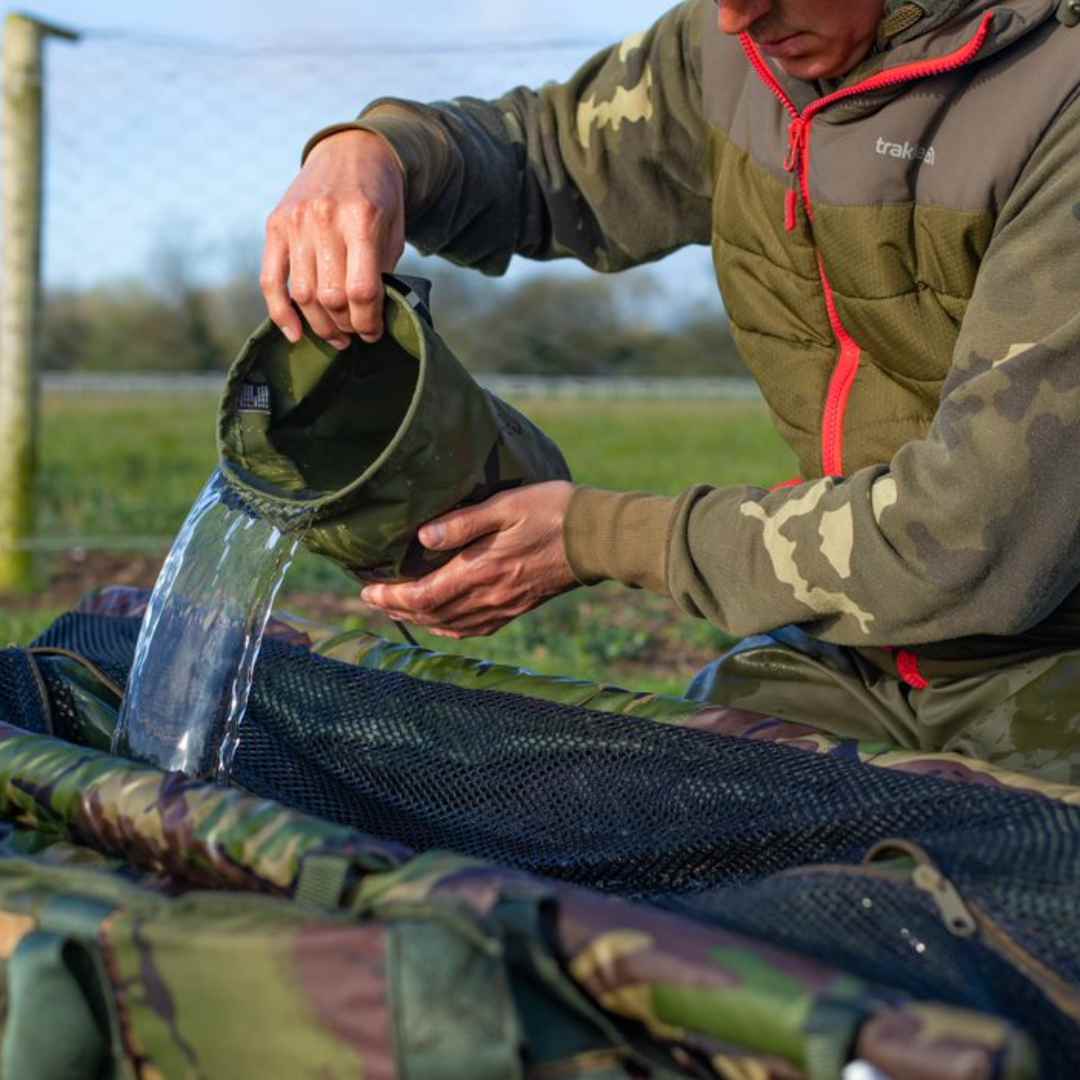

Storing Your Tackle: Safe and Secure
We can also develop a keen sense of tackle care and storage. Here's how you can avoid fishing line tangles, dull hooks ends up dull, and rods scratches
How do you store fishing line long term?
Proper storage of your fishing line can make a world of difference. Firstly, make sure your line is clean and dry before storing. You can use a line conditioner to keep it soft and pliable. Store it loosely coiled or leave it on the spool, stored in a cool, dark place to avoid degradation.
How do you store fishing hooks?
Hooks and lures should be stored separately, in a tackle box. Again, ensure they're dry before storing them to avoid rust. Using small compartments or dividers keeps them organised and prevents them from tangling or damaging each other.
What is the best way to store fishing rods?
Rods need to be stored vertically, preferably in a rod rack. This prevents any unnecessary bends or scratches. Make sure they're clean and dry before storage. Take care to keep them away from busy areas to prevent accidents. Alternatively, you can use a variety of rod bags, rod holdalls and cases to protect your fishing rods.
How Do You Store Fishing Reels?
Optimal reel storage is crucial for preserving your fishing reels. Store them in a cool, dry place, shielded from dust and moisture such as a reel case. Avoid direct sunlight and extreme temperatures.
Loosen the drag when in storage and clean/lubricate regularly. If you can, store your reels separately from your rods to avoid them scratching each other.
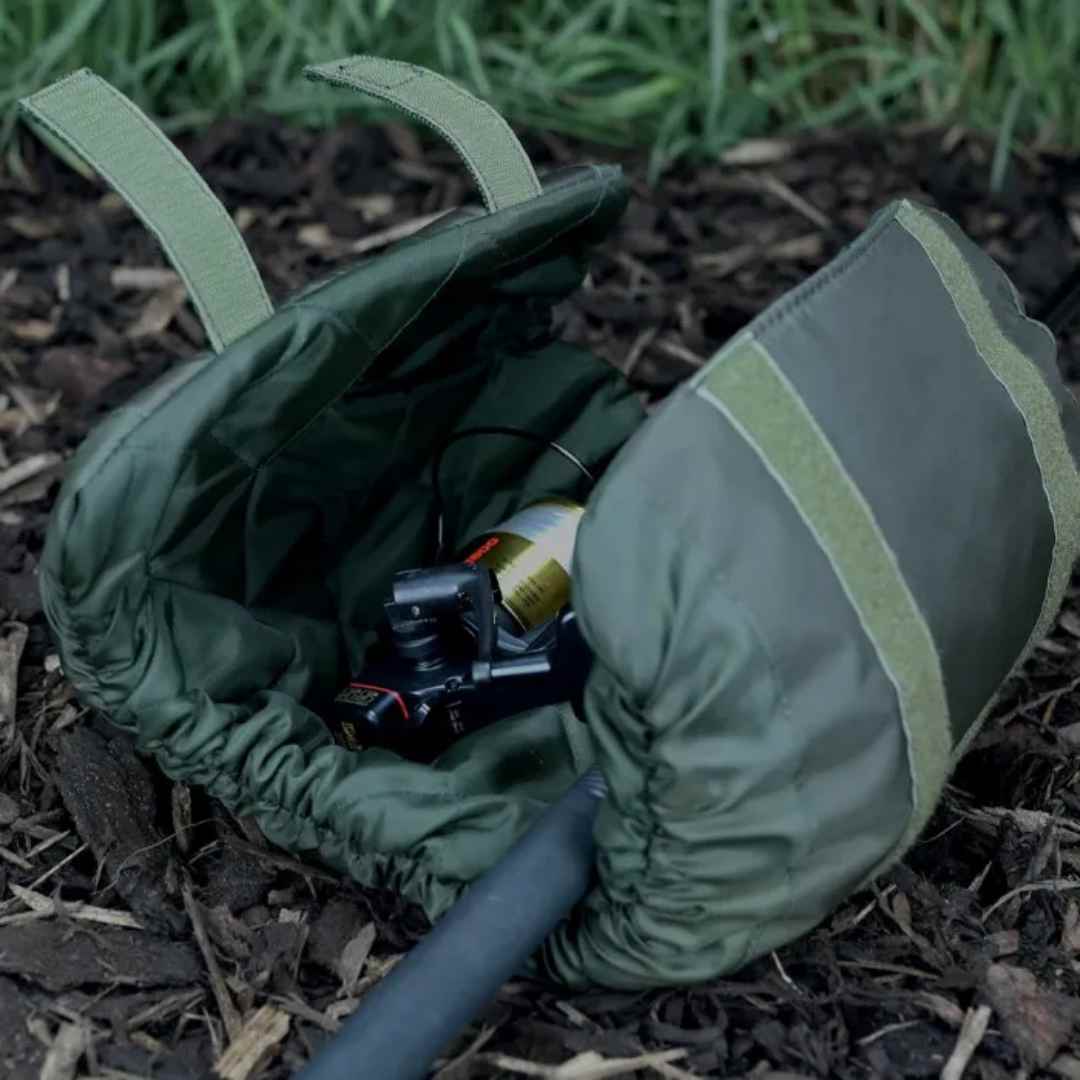

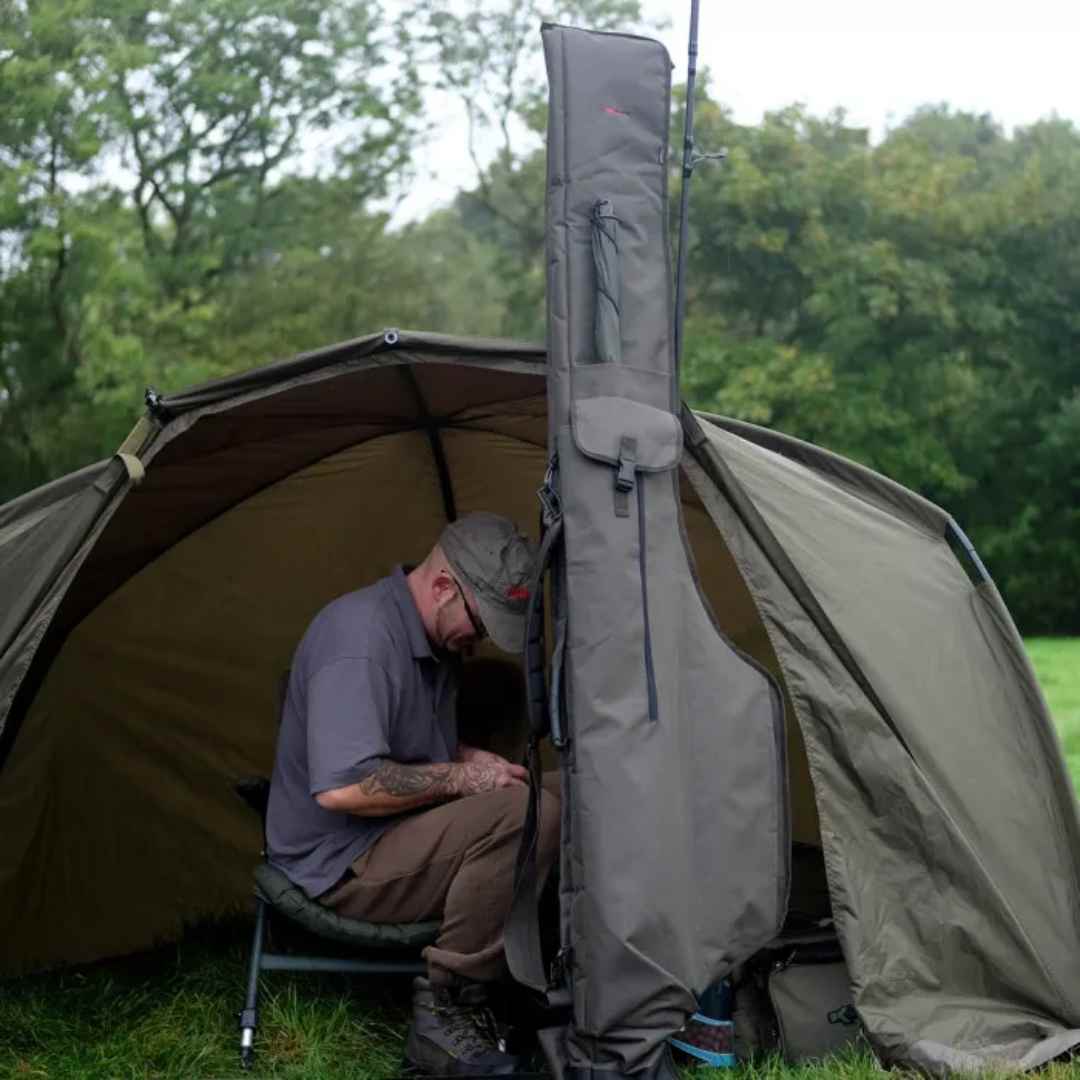

How Do You Maintain Fishing Equipment & Tools?
Looking after your tackle isn't just about maintenance; it's also about planning. With regular checks, you can prevent minor issues from turning into bigger problems. A small investment of time now can save you from losing a big catch later. Keep reading for in-depth regular maintenance for your rods, reels and lines.
Every angler should invest a bit of time in preventative measures.
Regular Maintenance of Fishing Rods
Regularly clean your fishing rod after use to maintain its condition. A quick wipe-down after every use and a deep clean every few months will keep your rod in top shape.
When should I clean my fishing reel?
Like rods, fishing reels should be wiped down after each use. Clean the reels and re-lubricate them every few months. Proper maintenance will keep your reel functioning smoothly and extend its lifespan.
Regular Checks and Replacement of Fishing Line
Perform regular checks on your fishing line for any signs of wear and tear, such as nicks, frays, or weakened spots. If you spot any of these signs, it may be time to replace the line.
Regular maintenance and cleaning can extend the life of your fishing line. However, a line is still a consumable item that needs to be replaced over time. Respool your reels with fresh line regularly at easily with Angling Direct’s re-spooling service!
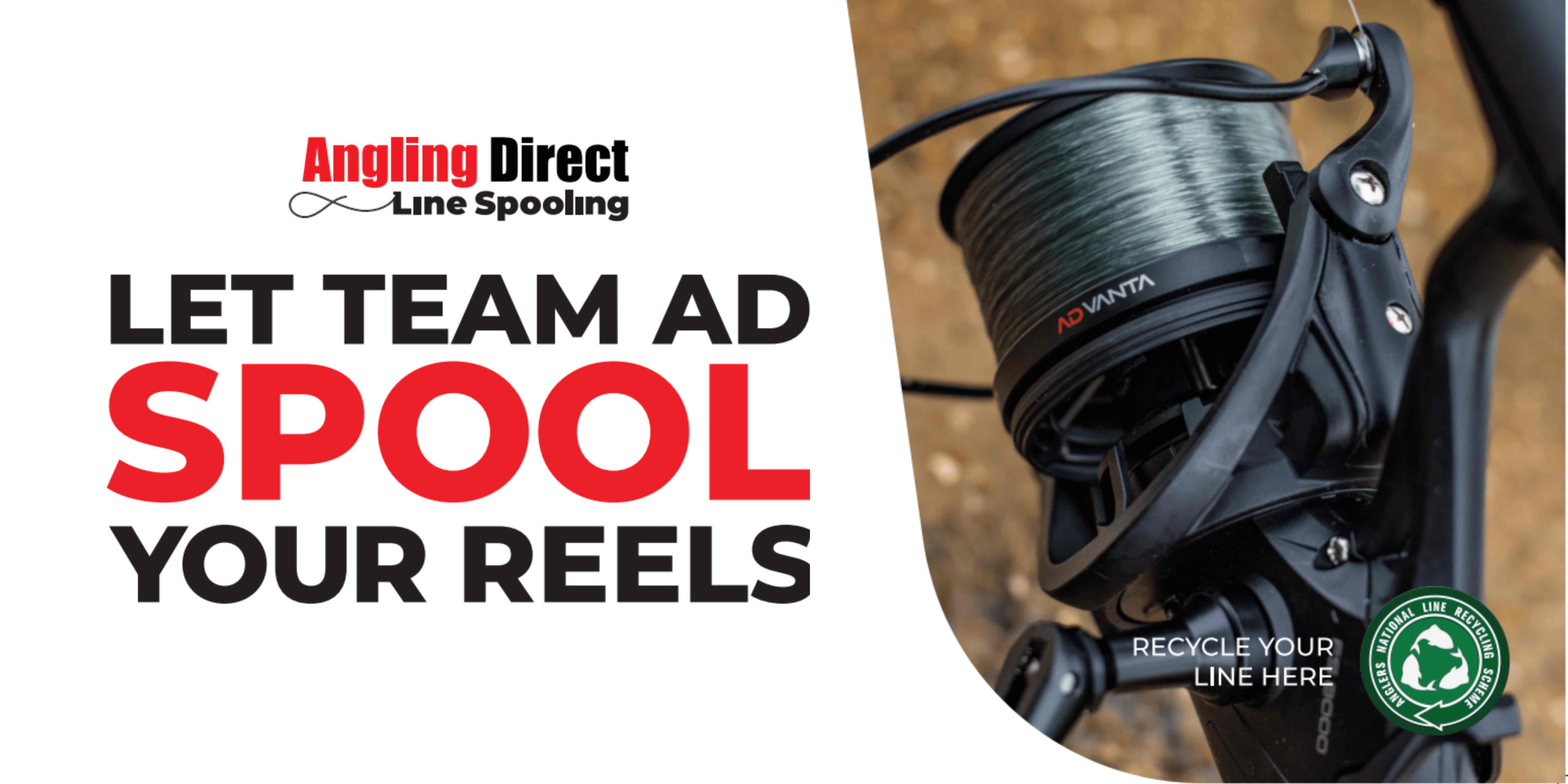

What Cleaners are Safe for Fish?
Proper care and maintenance of your fishing tackle is essential for maximising its performance. Here are some items you can use to keep your tackle in top-notch condition.
Fishing Towels: Absorbent and quick-drying towels specifically made for fishing tackle maintenance. They help remove dirt, debris, and moisture from your gear, preventing corrosion and damage.
Line Cleaning Pads: Specially formulated pads or wipes that help remove dirt and grime from your fishing line. These improve casting distance and reduce line wear.
Net Dip/Cleaner: An effective solution for sanitizing and deodorizing fishing nets. It helps prevent the spread of fish diseases and eliminates fishy odours.
Bucket: A dedicated bucket allows you to soak and clean larger items such as reels, rods, and nets. It's also handy for organizing smaller tackle items.
Wader Patches: Designed to repair small tears or punctures in your fishing waders. They ensure your waders remain waterproof and durable.
Hook Sharpener: A handy tool for maintaining the sharpness and effectiveness of hooks. Regularly sharpening hooks ensures better hook sets and reduces the risk of losing fish
Camouflage Tape: Cloth tape is ideal to add to cork or delicate rod buts as it prevents water from soaking in. You can also use this tape for repairing cracks in your favourite tackle box!
Weed Tools: Weed rakes can be added to your net handle to move debris from your swim. This helps avoid any weed or nasty silt sitting on your tackle.
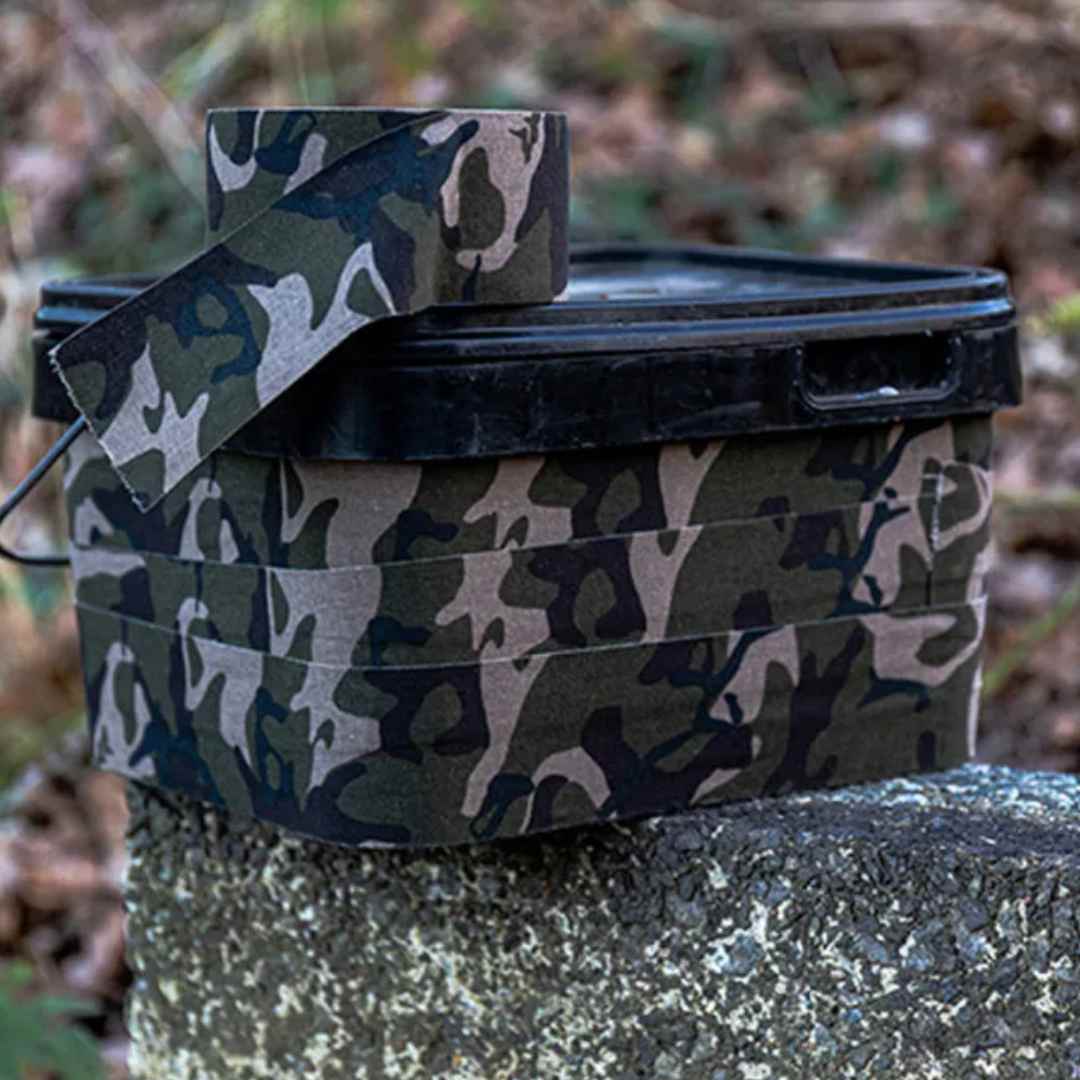

By utilising these cleaning products and tools, you can maintain your fishing tackle in pristine condition, extending its lifespan and enhancing your angling experience.
Fishing is not just about the thrill of the catch. It's about the serenity of the water, the patience of the wait, and the connection with nature. And an integral part of this experience is your fishing equipment.
Tackle care plays a critical role in enhancing your angling experience. It ensures that you're ready to face whatever the waters may throw at you. It prolongs the lifespan of your equipment, providing you with many more memorable outings.
When you hit the water with well-maintained equipment, you're setting the stage for a thrilling performance. And who knows, with your tackle in tip-top shape, you may just reel in the catch of a lifetime.
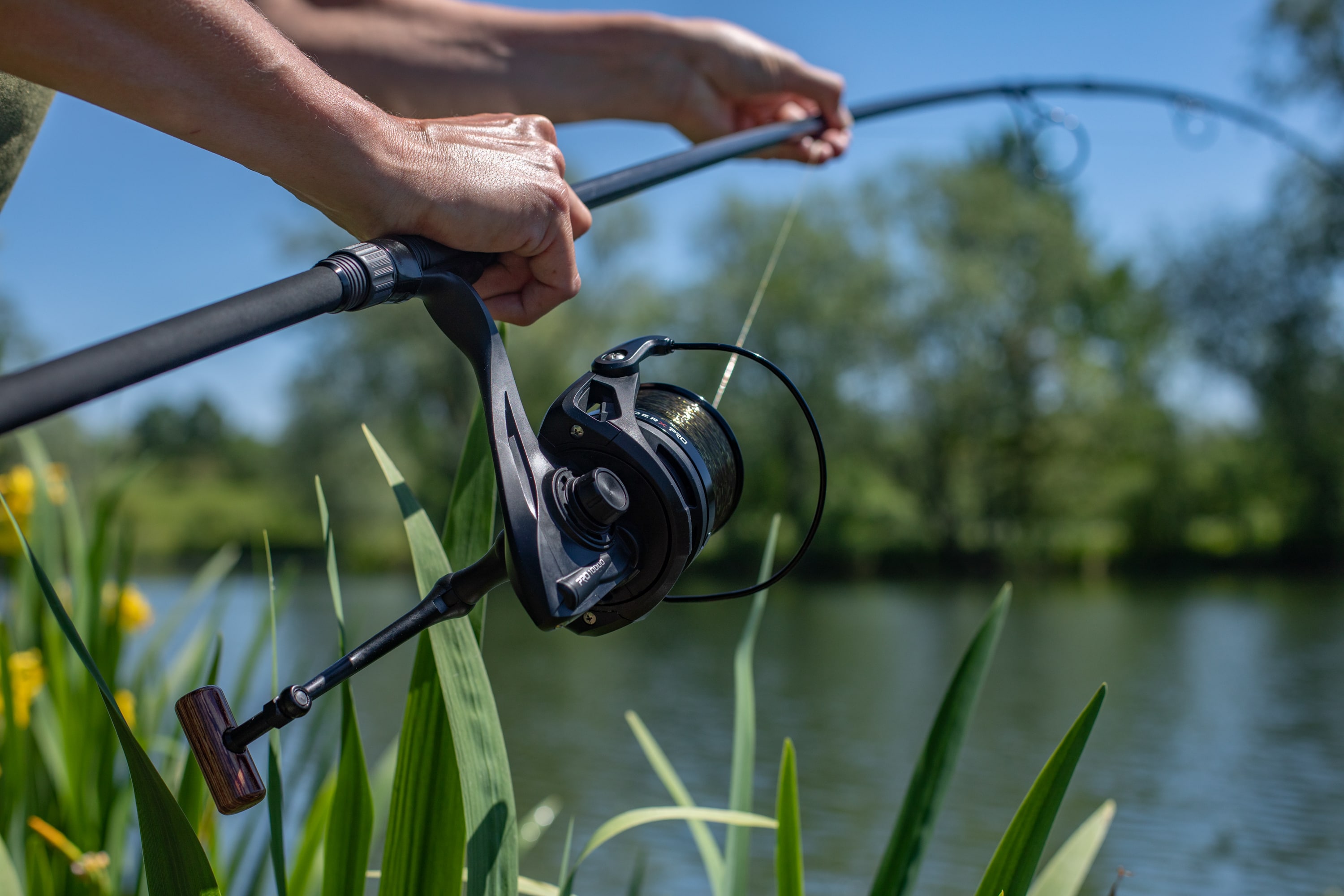

FAQs on Fishing TaIkle Care
How often should I clean my fishing tackle?
Aim to clean your fishing tackle after each use, especially if you have been fishing in saltwater or heavily contaminated areas. Regular cleaning prevents corrosion, removes dirt and debris, and ensures optimal performance.
What should I use to clean my fishing reels?
For cleaning fishing reels, use a mild soap or specialised reel cleaner. Gently remove dirt and grime with a soft cloth or brush, paying attention to the gears, spool, and handle. Avoid using harsh chemicals that may damage the reel's components.
How can I prevent rust on my fishing hooks?
To prevent rust on fishing hooks, thoroughly dry them after each use. Apply a thin coat of corrosion-resistant oil or silicone-based lubricant to the hooks before storing them.
Additionally, storing hooks in a dry environment, such as a tackle box with moisture-absorbing packets, helps prevent rust formation.
Can I clean my fishing lines?
Yes, you can clean fishing lines. Use a mild soap or a specialized line cleaner and a soft cloth or sponge. Gently wipe the line to remove dirt, salt deposits, and debris. Avoid using abrasive materials that can weaken the line or cause nicks.
How should I store my fishing tackle to prevent damage?
To prevent damage to your fishing tackle during storage, ensure it is clean and dry. Store rods and reels in a secure location, away from extreme temperatures, direct sunlight, and moisture. keep small items organised and protected with tackle boxes or storage cases with compartments.
How to clean a fishing pole?
After a few outings, wash the pole with soapy water and a sponge. Once dry, apply silicone spray on a cloth and wipe each section. Silicone can repel water for smooth handling in rainy conditions.
How do I keep my fishing reel from rusting?
To prevent rusting of your fishing reel:
1. After each use, wipe it down with a dry cloth to remove moisture and debris.
2. Store it in a dry and clean environment, away from moisture and humidity.
3. Apply a thin layer of reel oil or corrosion inhibitor to the metal parts.
4. Fix rust or corrosion promptly by regularly inspecting and maintaining the reel.
How do you clean a saltwater rod and reel?
Fro saltwater rod and reel care, be sure to rinse the rod and reel thoroughly. Use fresh water with a soft cloth or sponge to wipe away any salt residue or debris on your sea fishing equipment.
How to clean a fishing reel after saltwater use?
Pay special attention to the reel, removing the spool and cleaning it separately. Apply a corrosion inhibitor or reel oil to protect the metal parts. Additionally, store the rod and reel in a dry, well-ventilated area to prevent further corrosion.
